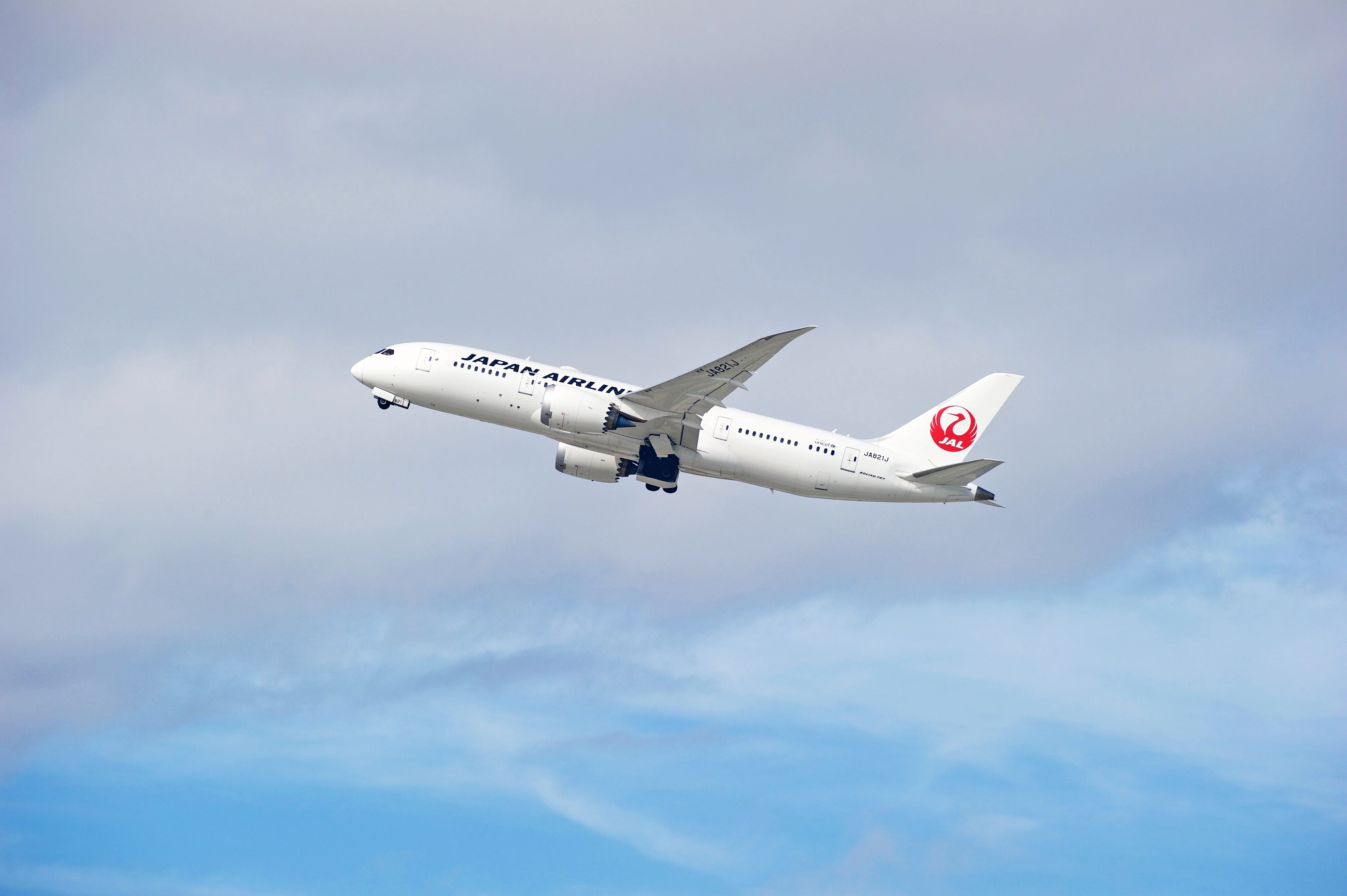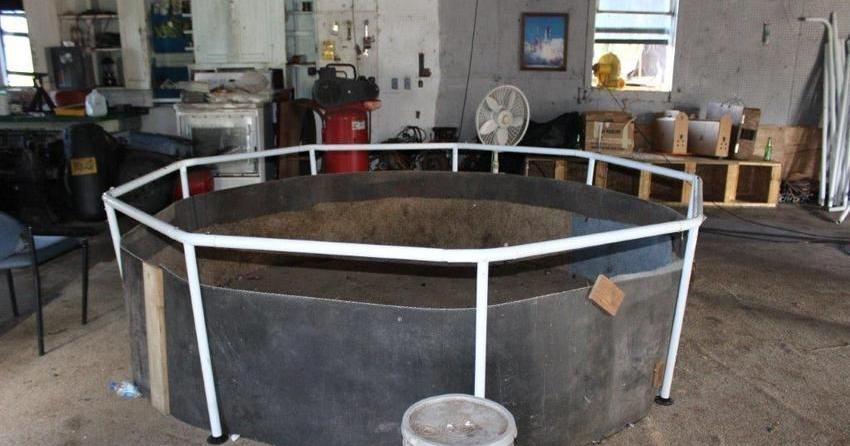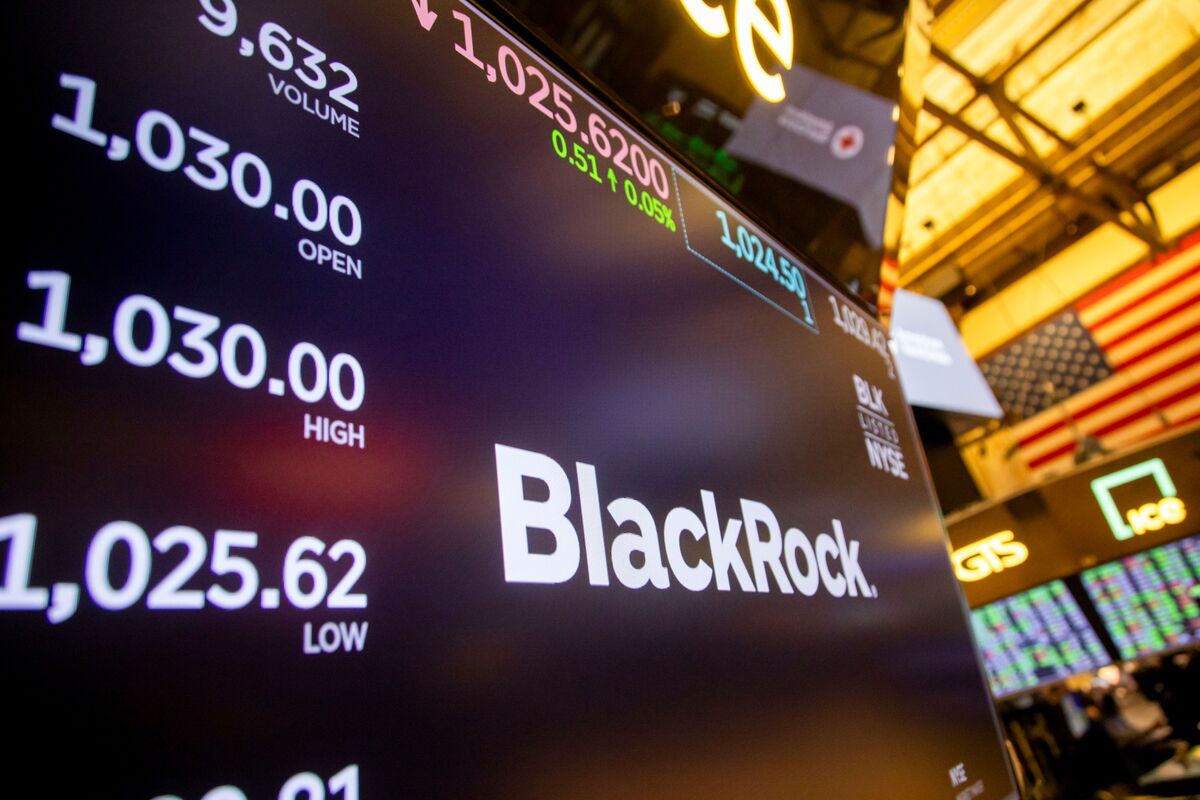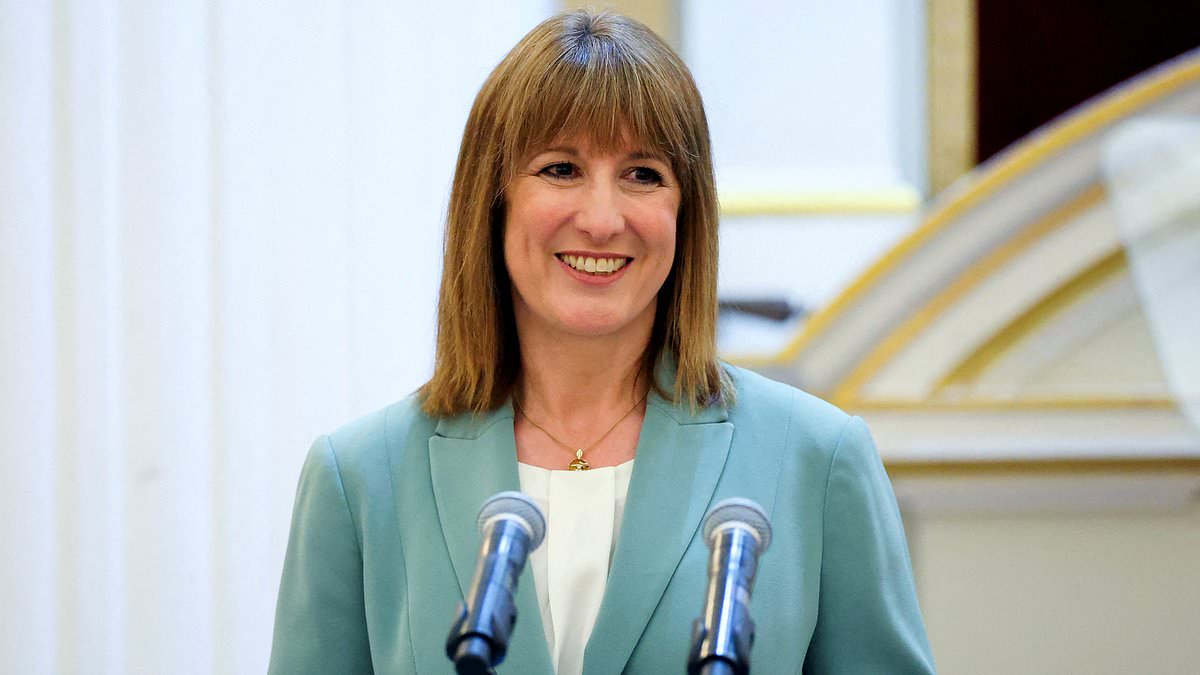By Bloomberg
Copyright scmp

As tariffs change trade patterns and roil global supply chains, corporate Japan is dealing with it the best way it knows how: by getting executives in the air.
Home carriers Japan Airlines and ANA are reaping the biggest benefits, as increased premium demand for long-haul flights is boosting sales.
Outbound business travel has picked up since US President Donald Trump set out to reshape the global order of commerce with a first salvo of tariffs announced back in April.
The number of Japanese residents travelling to the US on a business visa rose 28 per cent to 30,035 in July from 23,490 in April, according to the International Trade Administration.
Japanese manufacturers are joining peers elsewhere by boosting US investments and reassessing everything from offshore manufacturing to material sourcing in an attempt to mitigate the worst of tariffs.
Japan’s outbound travel is gaining altitude, with bookings for business and first class seats climbing by the mid-teens from a year earlier, according to Bloomberg Intelligence’s Eric Zhu.
“We’re seeing a strong trend of business travel demand to North America and Europe,” JAL, as Japan Airlines is commonly known, said. “To the US in particular, higher tariffs have been prompting manufacturers to shift production, which in turn is fuelling business demand.”
Overall outbound demand recovered to about 75 per cent of 2019 levels in May, Zhu said, leaving room for further growth. Total overseas trips by Japanese residents climbed 14 per cent this year, according to data from the Japan National Tourism Organisation.
“With the impact of tariffs, I think companies are re-examining their supply chains,” JPMorgan analyst Ryota Himeno said. “Manufacturers in particular may be travelling more to meet directly with customers and negotiate in person. That’s probably the factor at play.”
JAL reported its highest operating profit for a first quarter since its 2012 initial public offering, more than doubling from a year earlier. All Nippon Airways parent ANA posted record international travel sales, according to a spokesperson. Both carriers said outbound demand was the key driver.
“International routes, especially to North America, were strong,” according to Nomura analyst Masaharu Hirokane. That particularly benefits JAL, which has doubled down on transpacific routes and strengthened yield management.
ANA, by contrast, maintains a broader geographic spread of long-haul flights, with weaker European demand and greater reliance on cargo weighing on profit, Himeno said.
Behind the boom is a broader reshaping of Japan’s industrial footprint. From July 1 to August 31, 54 Topix-listed companies mentioned production moves in presentations to investors, according to data compiled by Bloomberg.
Some of the country’s tyremakers including Bridgestone and Toyo Tire are expanding their US operations to offset tariff-related costs and tap North American demand. Honda Motor is also moving production of its hybrid Civic to the US, while Subaru said that expanding capacity in the US is “inevitable”.
To capture the demand, JAL resumed Narita–Chicago flights in May and swapped in jets with a larger business class for its Haneda–Los Angeles route in June. Both JAL and ANA expect to expand international capacity through the second half of the year, Zhu said.
JAL’s business travel exceeded its expectations, allowing the airline to maintain high fares. Demand for outbound business travel rose 121 per cent year over year, the airline said. Corporate travel accounted for more than 15 per cent of JAL’s international travel revenue in the quarter, with outbound corporate travel demand carrying the highest yields.
JAL’s quarterly operating profit is expected to increase to 72.1 billion yen (US$490 million) in the second quarter, the highest since 2018, according to analyst estimates. Following a projected strong second quarter, ANA’s first-half operating income is set to reach 62 per cent of its full-year target. Both airlines could end up raising their full-year outlooks later this year, according to JPMorgan’s Himeno.
“We anticipate the growth in international travel will continue,” an ANA spokesperson said.



